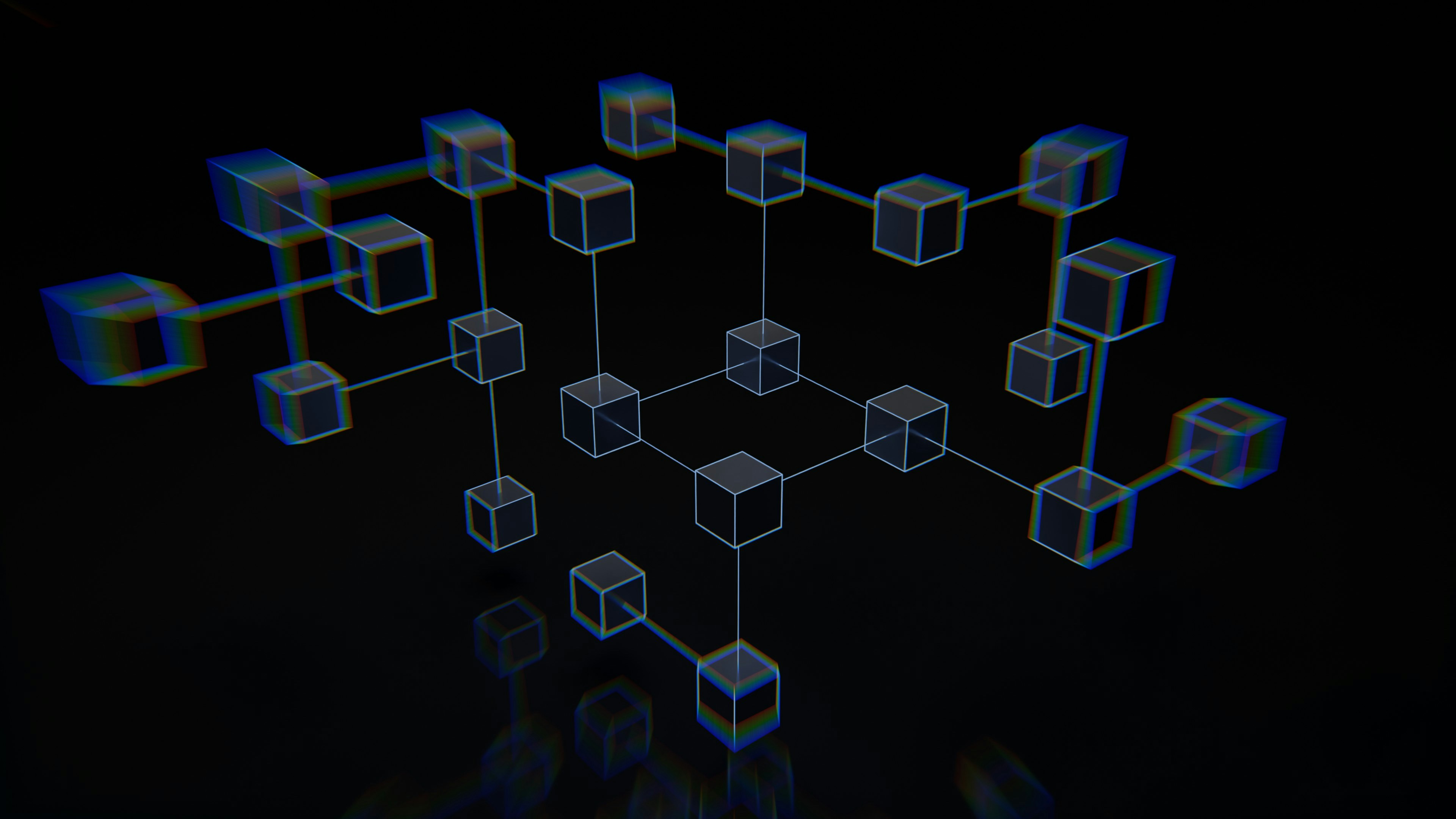
Décryptage de la Blockchain : Comprendre une Révolution Technologique
May 6, 2024
Blockchain

Decoding the Blockchain: Understanding a Technological Revolution
The blockchain is one of the most revolutionary technologies of the past few decades, often associated with cryptocurrency but having implications far beyond this field. To fully grasp its potential and impact, it is essential to understand what this innovation is and how it works.
What is the Blockchain?
The blockchain, literally a "chain of blocks," is a form of decentralized and secure digital ledger. Unlike traditional centralized databases, where data is stored on a central server, the blockchain operates on a distributed network of nodes (computers), with each node holding an identical copy of the ledger.
How Does it Work?
The blockchain records transactions in the form of "blocks," each block containing a set of transactions. These blocks are chronologically linked to form a continuous chain. Each block is cryptographically secured, ensuring its integrity and preventing any retroactive alteration of data.
The Key Principles of the Blockchain:
Decentralization:
The blockchain operates on a distributed network of nodes, thus eliminating the need for a centralized trusted third party. This decentralization enhances the security and resilience of the system since there is no single point of failure.
Transparency:
All transactions on the blockchain are visible to all participants in the network. This promotes transparency and trust, as each party can verify the integrity of the data without relying on a third party.
Immutability
Once a transaction is recorded on the blockchain and confirmed by the network, it cannot be altered or deleted. This immutability guarantees the integrity and reliability of the data recorded on the blockchain.
Security
The blockchain employs advanced cryptographic techniques to secure data and transactions. Consensus mechanisms such as Proof of Work or Proof of Stake ensure that all parties agree on the current state of the blockchain.
Applications of the Blockchain:
1. Cryptocurrencies:
Cryptocurrencies such as Bitcoin and Ethereum are the most well-known applications of the blockchain. They use blockchain technology to create a decentralized and secure payment system.
2. Smart Contracts:
Smart contracts are autonomous programs executed on the blockchain that automatically enact and enforce the terms of an agreement when predefined conditions are met.
3. Identity Management:
The blockchain can be used to create decentralized and secure digital identity systems, allowing individuals to control and share their identity information securely.
4. Supply Chain Tracking:
Businesses use the blockchain to create transparent and immutable supply chain tracking systems, enabling tracing the origin and authenticity of products.
Conclusion:
The blockchain is much more than just a base technology for cryptocurrencies. It is a revolution in how data and transactions are recorded, stored, and verified. By understanding the basic principles of the blockchain and exploring its numerous potential applications, it becomes clear that this technology could radically transform many aspects of our daily lives.
